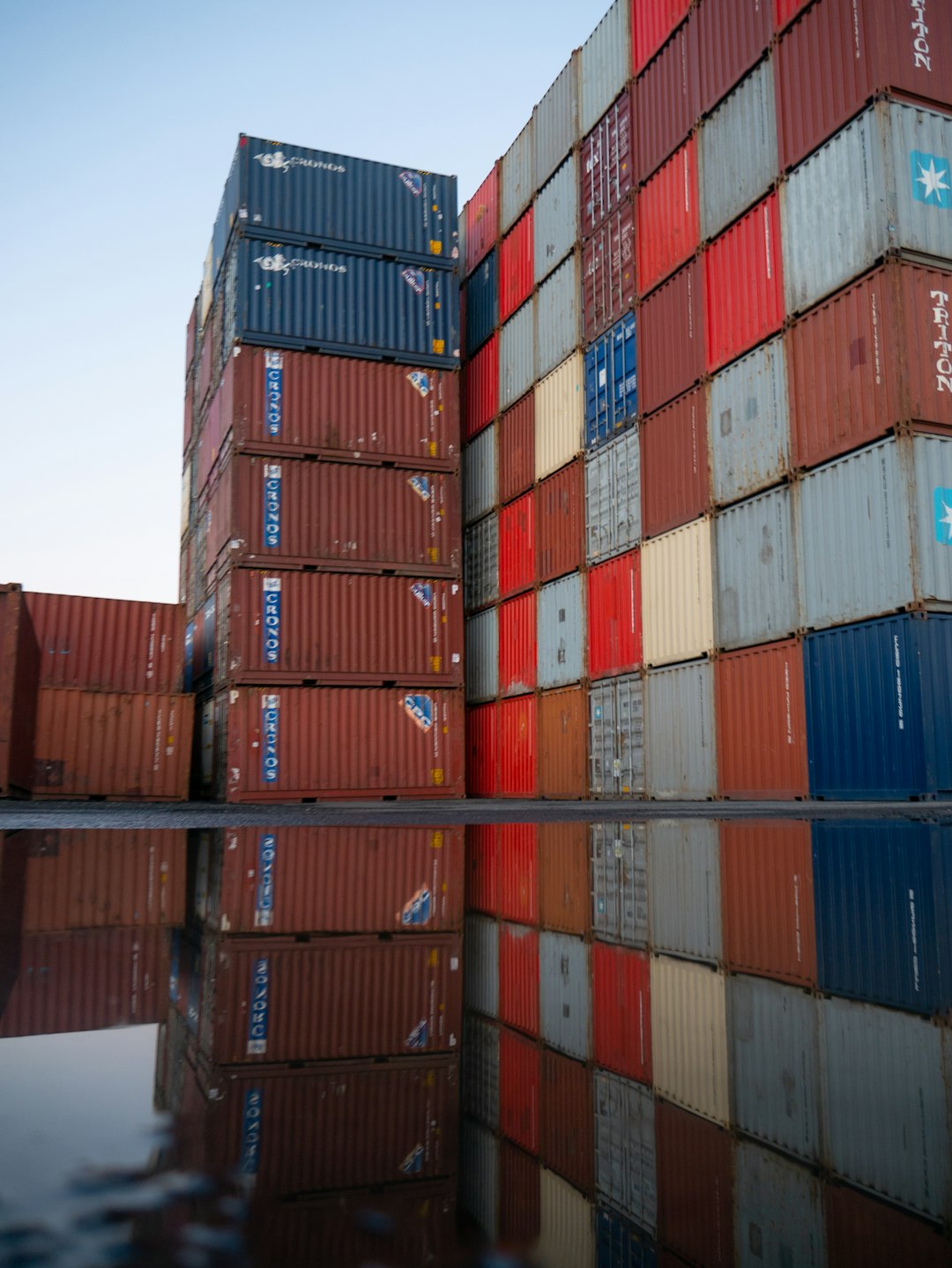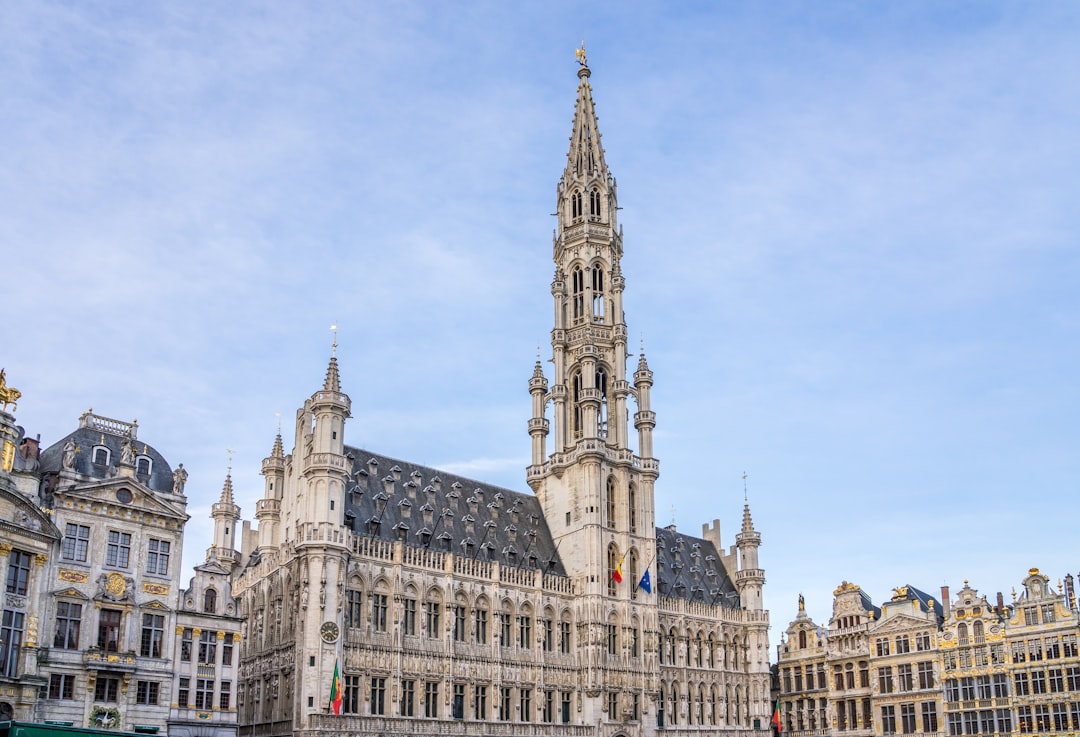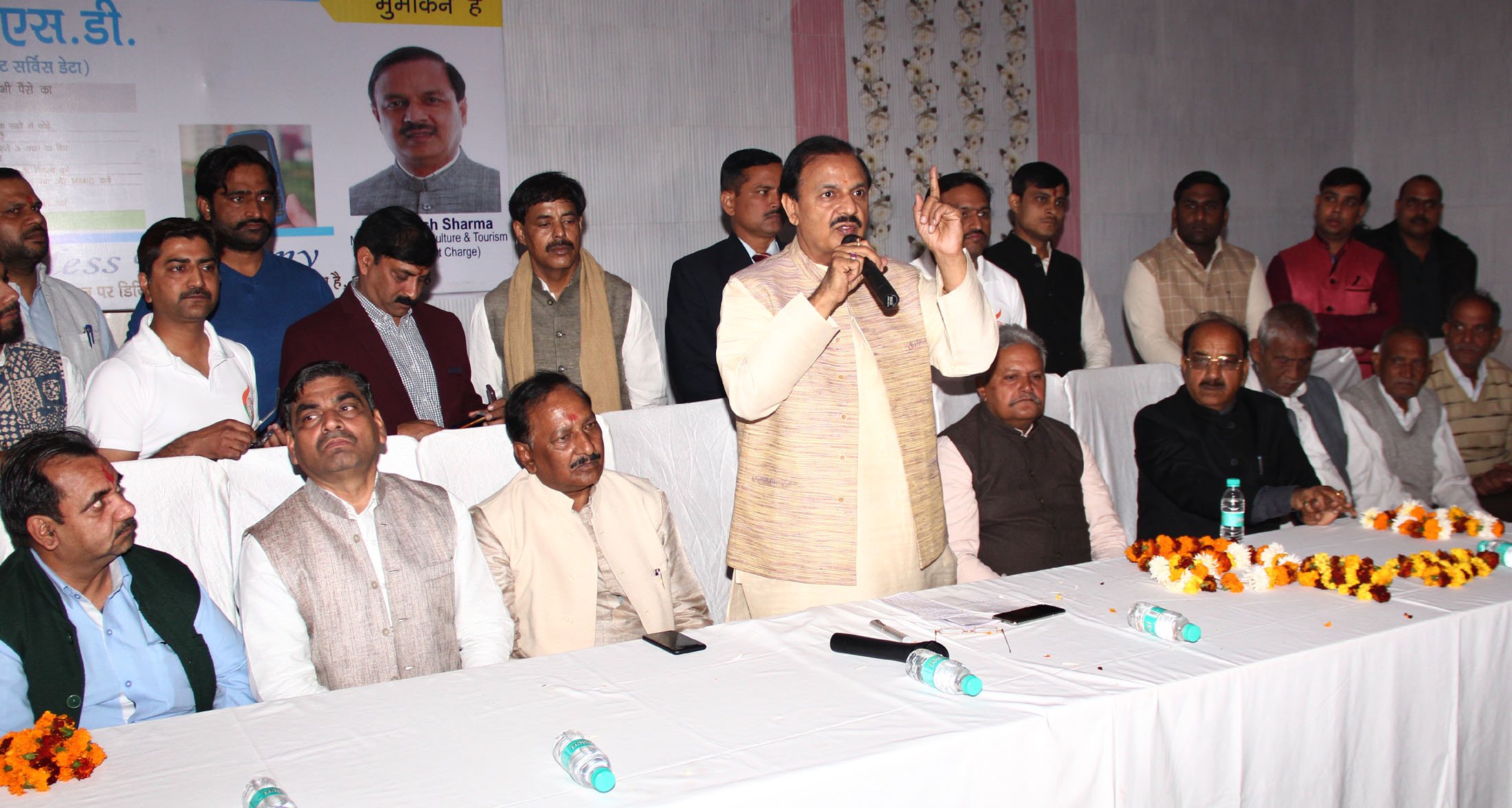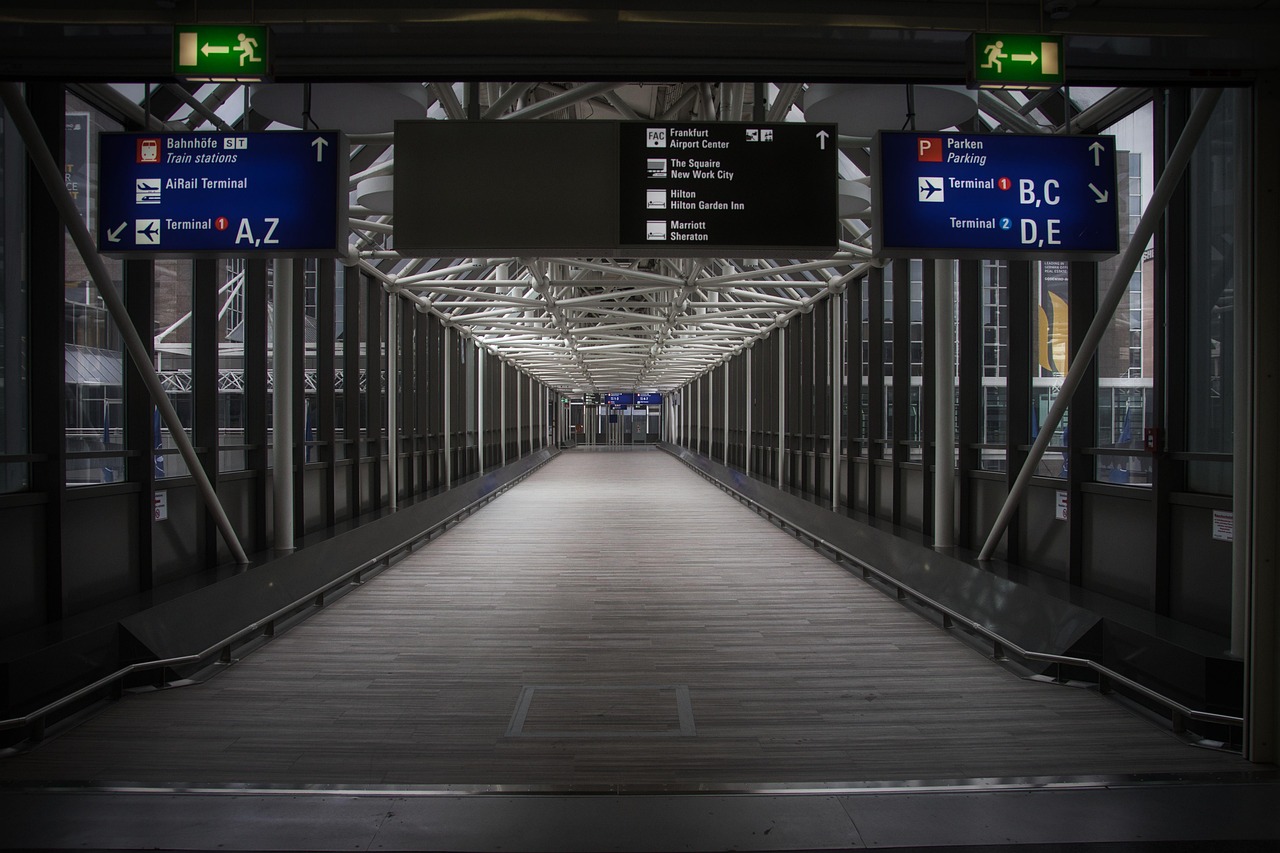Overview of Current Trade Policies

The world of trade policy is shifting, and the ripple effects are starting to reach the heart of the tourism industry. In the past few years, the U.S. has actively renegotiated several trade deals, aiming to make the country more attractive for international visitors. These efforts focus on reducing bureaucratic red tape and fostering friendlier relationships with key nations. According to recent projections from the U.S. Travel Association, international travel spending could surge to $251 billion by 2025 if these policies continue on their current path. This forecast is not just wishful thinking—it’s built on the foundation of new agreements and policy shifts already underway. As these changes take root, they are expected to create a more welcoming environment for global travelers. The hope is that, with the right incentives, the U.S. could see a remarkable rebound in tourism flows after years of uncertainty.
The Impact of Tariffs on Tourism

Tariffs might sound like they only affect goods, but they also play a surprising role in shaping tourism. When tariffs are high, especially on essential items or travel-related goods, it can make visiting the U.S. much more expensive for international tourists. This is particularly true for travelers from countries facing steep import duties, leading to fewer bookings and shorter stays. However, the current trend is shifting towards lowering tariffs on travel services and related products. The National Bureau of Economic Research published a finding that a 10% reduction in such tariffs can produce a corresponding 10% boost in international tourist arrivals. It’s a simple equation: lower costs mean more visitors. By focusing on tariff reduction, U.S. policymakers are sending a clear message that the country is open for business—and pleasure.
Visa Policy Revisions

Getting a U.S. visa has historically been a daunting process for many, often involving long waits and complicated paperwork. The latest policy recommendations aim to change all that, with proposed revisions designed to streamline the visa application process. The U.S. Department of State has observed that countries implementing expedited visa procedures experienced a 25% jump in tourist arrivals. By simplifying requirements and cutting down on processing time, the U.S. hopes to remove a major barrier for would-be travelers. This move is expected to make the U.S. a top choice, especially for tourists from rapidly growing markets in Asia and South America. Easier access means more people can explore iconic destinations like New York, Los Angeles, and Miami without frustrating delays.
Strengthening Bilateral Agreements

Bilateral agreements are more than just diplomatic niceties—they are powerful tools for boosting tourism. Recent deals with Canada and Mexico have already borne fruit, with cross-border travel increasing by 15% in just a few years. The U.S. is now looking to replicate this success with other major tourism source countries, aiming for even more open skies and easier movement. These agreements can simplify customs procedures, align tourism standards, and even promote joint marketing campaigns. By 2025, officials expect that expanding the network of bilateral deals could bring an additional 20% rise in international arrivals. The logic is straightforward: when governments work together, travelers win.
Marketing and Promotion Strategies

To compete in the crowded global tourism market, the U.S. is rolling out dynamic new marketing campaigns. Big investments—$50 million according to the U.S. Travel Association—are being funneled into attracting visitors from emerging markets such as India and Brazil. These campaigns are not just about glossy brochures; they use social media, influencer partnerships, and data-driven targeting to reach potential travelers. Industry experts predict these efforts could yield a fourfold return on every dollar spent. Creative advertising, personalized travel offers, and digital engagement all help to paint the U.S. as a can’t-miss destination. As a result, more international tourists could soon be walking down American streets and filling U.S. hotels.
Infrastructure Improvements

Welcoming more tourists means making sure the country is ready for them. The U.S. is focusing on improving airports, expanding public transportation, and upgrading popular tourist attractions. The American Society of Civil Engineers estimates that every $1 billion invested in infrastructure could generate an extra 10 million tourist visits. Modern airports with efficient customs lines, reliable trains, and better roads all contribute to a smoother travel experience. Even small changes, like improved signage or upgraded wi-fi, can make a big difference. These upgrades are not just about convenience—they help make a lasting impression, encouraging repeat visits and positive word of mouth.
Sustainable Tourism Initiatives

Sustainability is no longer just a buzzword; it’s a core expectation for modern travelers. New U.S. trade policies are encouraging eco-friendly practices throughout the tourism sector, from hotels that cut plastic waste to attractions powered by renewable energy. According to a Booking.com survey, 72% of travelers say they are more likely to visit destinations prioritizing sustainability. The U.S. aims to capture this growing market by offering more green travel options and promoting national parks, wildlife reserves, and eco-tours. The hope is that by 2025, these efforts will boost visitor numbers by up to 15%, while also protecting the country’s natural treasures for future generations.
Technology Integration in Travel

Technology is revolutionizing the way people travel, and the U.S. is determined to stay ahead of the curve. From mobile check-ins at airports to contactless payments in restaurants, digital solutions are everywhere. A recent study by McKinsey & Company found that 60% of travelers now expect seamless tech integration when they travel. New policies are encouraging the tourism sector to adopt everything from artificial intelligence-based customer service to virtual reality tours of key attractions. These tools not only make life easier for tourists but also allow the industry to operate more efficiently. By embracing technology, the U.S. hopes to attract younger, tech-savvy visitors looking for a hassle-free experience.
Health and Safety Regulations

The COVID-19 pandemic has permanently changed the priorities of travelers around the world. Health and safety protocols are now a top concern, with 83% of tourists rating it as a deciding factor in choosing their destination, according to the World Travel & Tourism Council. The U.S. has responded by implementing strict new guidelines at airports, hotels, and public attractions, including regular sanitation, health screenings, and improved ventilation systems. These steps are designed to offer peace of mind to visitors and encourage a swift return of international travel. By 2025, the U.S. aims to be seen as one of the safest places to visit—a reputation that could drive tourism up by another 10%.
Future Outlook for U.S. Tourism

With a strategic mix of trade policy changes, infrastructure investments, and a renewed focus on sustainability and safety, the U.S. tourism industry is poised for a significant upswing in 2025. International travel spending is forecasted to reach new heights, and the country is working hard to ensure it’s ready for this influx. Efforts to lower tariffs, revise visa policies, and expand bilateral agreements are all converging to make the U.S. more accessible and appealing than ever. These combined factors are setting the stage for a tourism boom that could reshape the industry for years to come.
